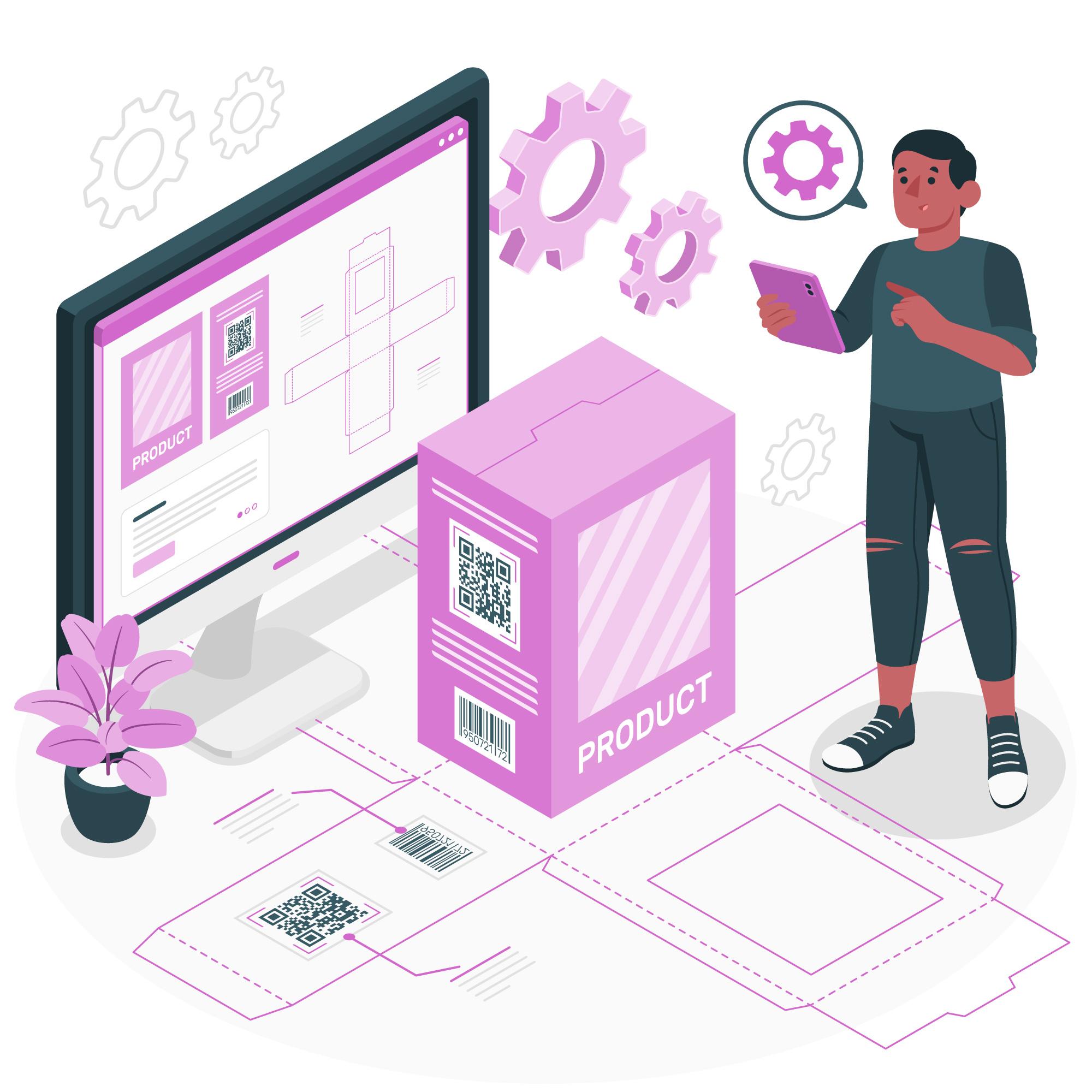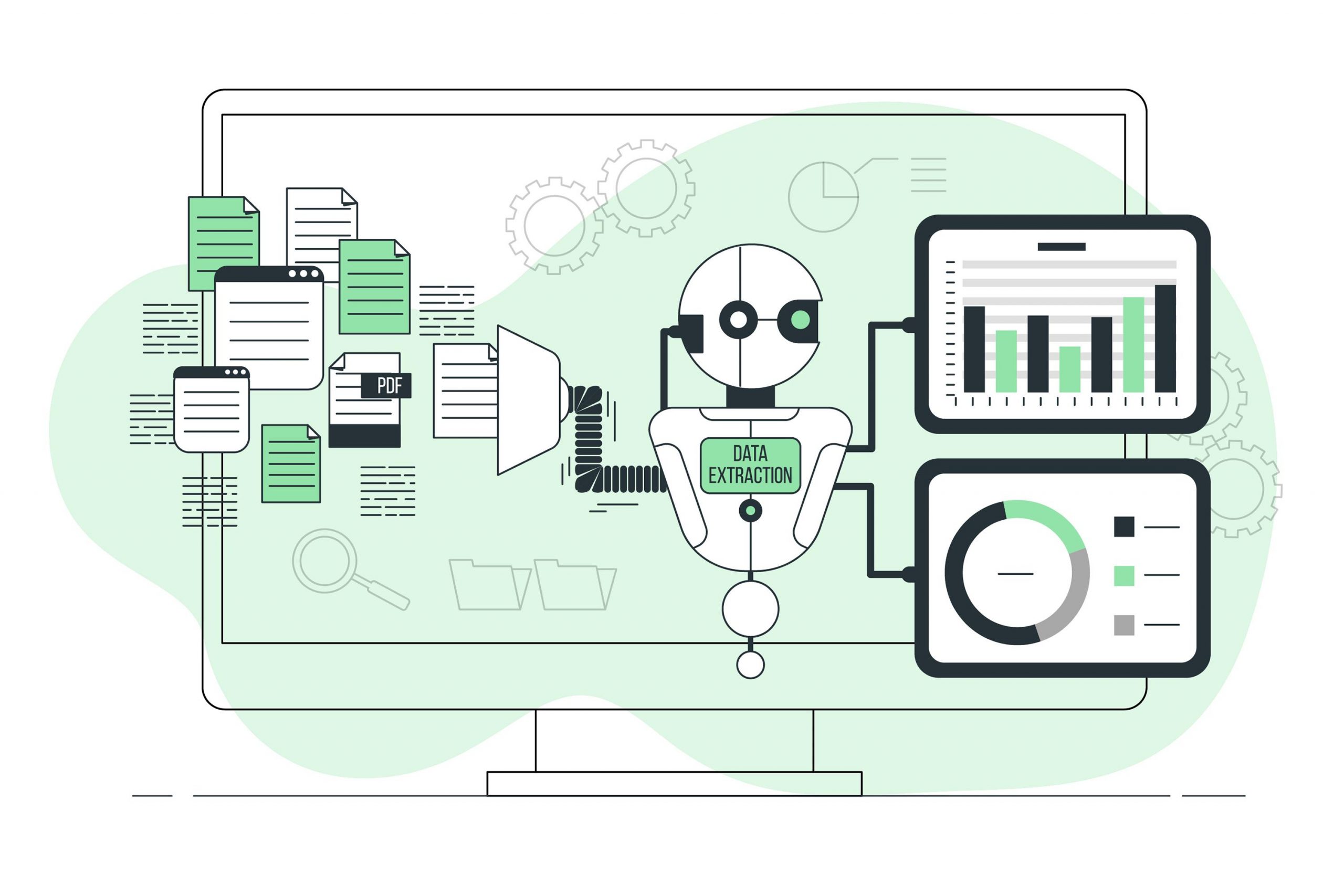Too often, execution varies wildly from what is planned and budgeted. Unfortunately, many organizations experience gaps like this because antiquated budgeting processes are not aligned with the actual execution of the plan. Finance teams often have limited visibility into the activities, resources and metrics that matter most. Yet as the role of finance has evolved, so has the budgeting and planning processes.
Driver-based budgeting (DBB) is a method of budgeting and planning that focuses on the link between business activities and financial forecasts. By evaluating the business drivers that actually impact financial performance, DBB improves transparency between departments. This requires finance teams to work closely with business leaders to identify all the relevant drivers that impact business performance. Key drivers will vary based on the industry and company, but some typical examples include:
- Finance: net cash flow, revenue per headcount, cost per headcount.
- Sales: total customers, new logos, average sales price, number of opportunities.
- HR: time to hire, turnover, cost of HR per employee, employee performance.
- Customer Service: customer satisfaction score, resolution rate, time to resolution, churn rate.
- Marketing: website visits, email click-through rates, lead-to-customer conversion rate.
- Other business drivers could include economic and market conditions, competitor positioning and inventory.
With driver-based budgeting, you can create business plans and models that focus on key factors or criteria in your organization that impact and drive operational performance. You can identify operational metrics and identify cause and effect mathematical relationships between drivers and financial outcomes. For example, you can focus on revenue or expense items in your P&L model or the balance sheet. You can also link the projections for expenses to revenue trending, ensuring reasonable outcomes for your P&L.
What’s “driving” Driver-Based Budgeting?
It’s no secret that the traditional, old-school method of budgeting and planning needs an overhaul. It is both demanding and time-intensive, but the real tragedy of traditional budgeting and planning occurs when decision makers have incomplete or inaccurate data. That’s because business changes can quickly render plans outdated and sometimes unusable.
These challenges are prompting finance organizations to re-think their approach to budgeting and planning. And many are now turning to driver-based budgeting. Rather than using a traditional bottom-up approach, DBB focuses on key business drivers in a simplified top-down approach. These key drivers act as the information hub for leaders to make decisions efficiently.
Benefits of Driver-Based Budgeting
Driver-based budgeting is an approach to management that identifies an organization’s key business drivers. Organizations seeking to deploy DBB need an integrated planning and budgeting solution that provides control, collaboration and visibility into driver insights.
- A driver-based approach enables CFOs to focus on the data that most impacts their organization. This both removes unnecessary data and helps ensure the numbers can be trusted as the single source of truth.
- Finance teams know the importance of adjusting plans quickly and communicating insights early and often. Driver-based plans allow finance teams to quickly assess the impact of internal or external changes. With this information, finance can then analyze or adjust drivers, which can be shared with budget stakeholders in real time.
- Organizations working with siloed information can miss opportunities or make poor financial decisions. DBB brings together vital business processes from across the organization and identifies the key drivers for each. This allows finance to truly take on the role of business partner and increases stakeholder engagement in improving business performance.
- Complex budgets and plans lead to even more complex data requests from business stakeholders. Finance does not have the time to keep track of the inflow and outflow of every individual line item in the budget. Driver-based budgeting simplifies data collection by focusing on specific inputs. This requires cooperation between finance and department leaders to understand the driver-based financial relationships.
Driver-Based Budgeting with NetSuite
NetSuite Planning and Budgeting allows you to enhance your ability to manage and analyze finances using driver-based income statement, balance sheet and cash flow planning, or modeling deeper detail for revenue and expenses planning. Easily sync your NetSuite transactional data and chart of accounts with NetSuite Planning and Budgeting for budgeting, forecasting and reporting purposes, eliminating the need to use spreadsheets and make manual updates in multiple places. This solution delivers the collaboration, control and visibility needed to better manage the complete budgeting process using one end-to-end solution.





